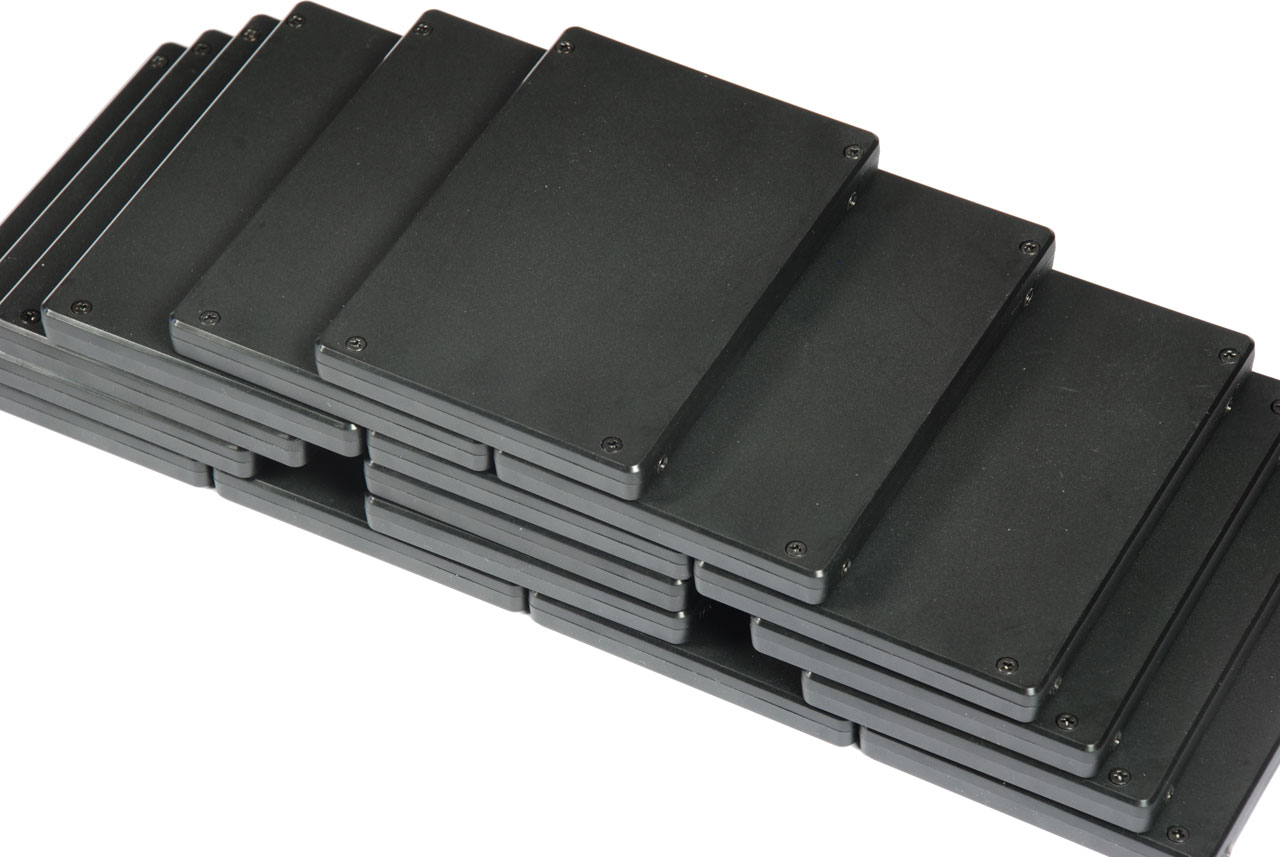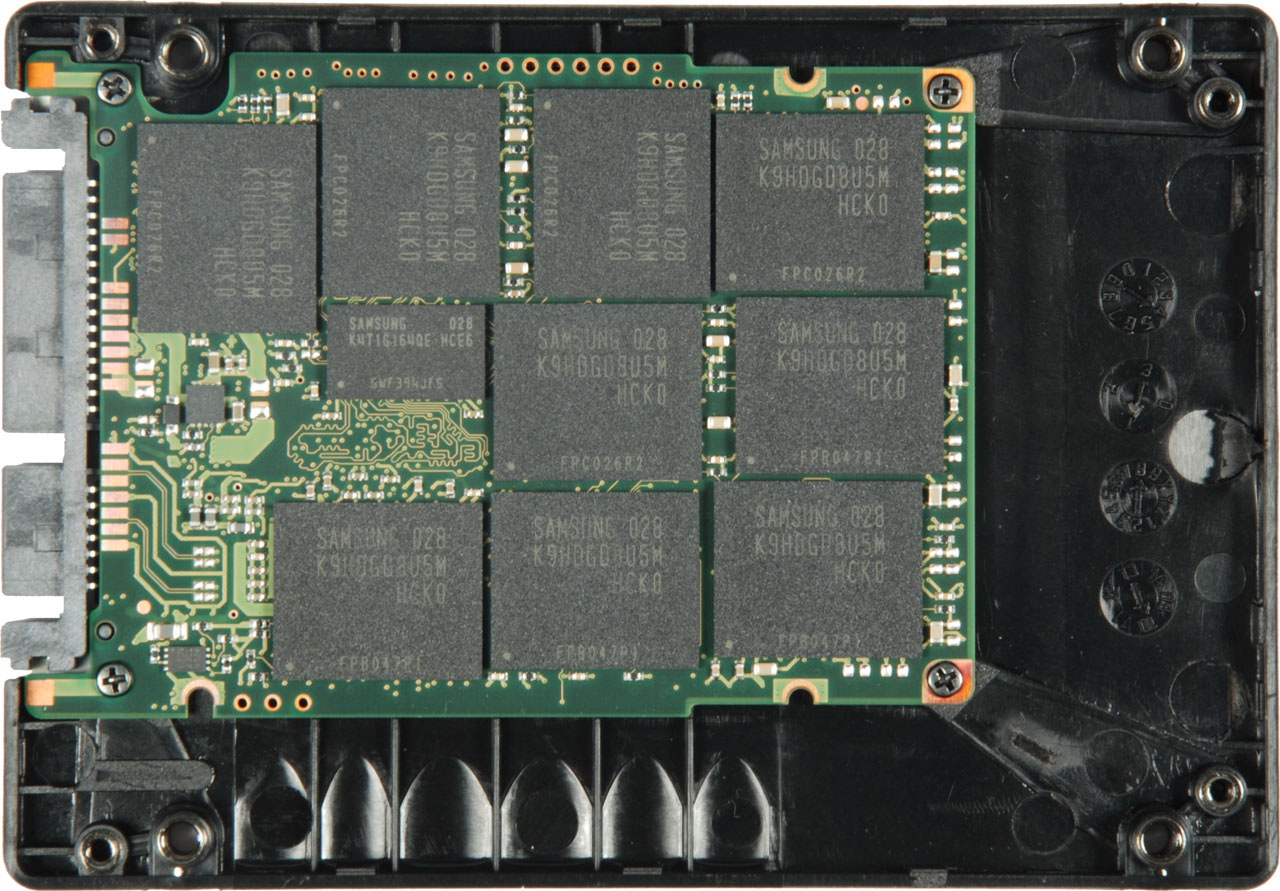A Sexy Storage Spree: The 3 GB/s Project, Revisted
We repeat our extreme SSD RAID project for the third time and arrange 16 Samsung 470-series SSDs based on MLC NAND in a RAID 0 array to reach new levels of performance. We weren't as fortunate this time, but not for the reasons you might suspect.
The SSDs: 16 x Samsung 470 (256 GB)
We used drives from Samsung's 470 series, also known as PM810 (OEM product name), for testing. Because of their SATA 3 Gb/s interfaces, these devices don't reach the random I/O of OCZ's latest drives, or the sequential throughput of Intel's SSD 510. Nevertheless, the Samsung drive still offers consistent performance: in our tests, it demonstrated constant throughput, regardless of the workload or the application. Moreover, it did not show any significant weaknesses. Therefore, the Samsung 470 is a respectable choice for testing the potential of a RAID array. Just bear in mind that these are MLC-based SSDs, so they're not going to be your best option for enterprise-oriented applications (especially in RAID 0).
The tests also showed that 16 SSDs with 6 Gb/s interfaces wouldn't have improved the overall throughput performance of our RAID array. This is not a consequence of the SSDs we used, but more a reflection on the RAID controllers from LSI, which raised a white flag under the assault of our ambitious setup. The LSI MegaRAID 9260-8i and MegaRAID 9280-24i4e max out at 150 000 IOPS and allow a maximum data throughput of around 1600 MB/s each That's the ceiling we run into. According to the manufacturer, second-generation 6 Gb/s devices should more than double those numbers. We’ll validate the company's claims in an upcoming controller roundup.
The Samsung 470 series is based on the MAX controller (S3C29MAX), designed by Samsung, which employs eight channels, enables access to 256 MB cache, and supports 32-queue Native Command Queueing (NCQ). At about seven millimeters in height, these SSDs are thinner than most of their competitors, and therefore better-suited for installation in thin notebooks. Samsung offers the drives in 64, 128, and 256 GB capacities, and provided us with 16 256 GB devices for our tests. We operated the drives using firmware version 0701Q.
The drives used were the current OEM edition, which differ slightly from the retail models. The SSDs interior showed that Samsung chose a PCB format that would also fit in 1.8-inch drive designs. The flash devices are Samsung 30 nm toggle-mode DDR NAND modules, which work on double data rate mode, similar to system RAM.
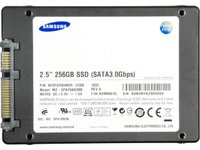
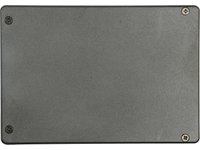
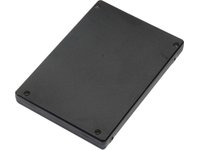
Get Tom's Hardware's best news and in-depth reviews, straight to your inbox.
Current page: The SSDs: 16 x Samsung 470 (256 GB)
Prev Page The 2011 Extreme RAID Project Next Page The Controllers: 1 x LSI MegaRAID 9280-24i4e And 2 x LSI MegaRAID 9260-8i-
burnley14 Wow, throughput in GB/s. Makes my paltry single SSD look shameful. How fast did Windows boot up out of curiosity?Reply -
the associate Overkill benches like this are awesome, I can't wait to see the crazy shit were gona have in 10 years from now.Reply
burnley14How fast did Windows boot up out of curiosity?
I'd also like to know =D -
abhinav_mall How many organs I will have to sell to get such a setup?Reply
My 3 year old Vista takes 40 painful seconds to boot. -
knowom You can use super cache/super volume on SSD's or even USB thumb drives to dramatically improve the I/O and bandwidth at the expense of using up a bit of your system ram still the results are impressive and works on HD's as well, but they suffer from access times no matter what.Reply
I don't even think I'd bother getting a SSD anymore after using super volume on a USB thumb drive and SSD the results are nearly identical regardless of which is used and thumb drives are portable and cheaper for the density you get for some messed up reason. -
knowom I'd be really interested to see super cache/super volume used on this raid array actually it can probably boost it further or should be able to in theory.Reply -
x3style abhinav_mallHow many organs I will have to sell to get such a setup?My 3 year old Vista takes 40 painful seconds to boot.Wow people still use vista? Was that even an OS? It felt like some beta test thing.Reply -
nitrium I suspect you'll all be VERY disappointed at how long Windows takes to boot (but I'd also like to know). Unfortunately, most operations in Windows (such as loading apps, games, booting, etc) occur at QD 1 (average is about QD 1.04, QD > 4 are rare). As you can see on Page 7, at QD1 it only gets about 19 MB/sec - the SAME speed as basically any decent single SSD manufactured in the last 3 years.Reply -
kkiddu mayankleoboy1holy shit! thats fast. how about giving them as a contest prize?Reply
I WANT 16 OF THOSE !
For God's sake, that's $7000 worth of hardware, not including the PC. DAMN DAMN DAMN !! 3 gigabytes per second. And to think, that while on dial-up 4 years back, I downloaded at 3 kilobytes per second (Actually it was more like 2.5 KB/s).
